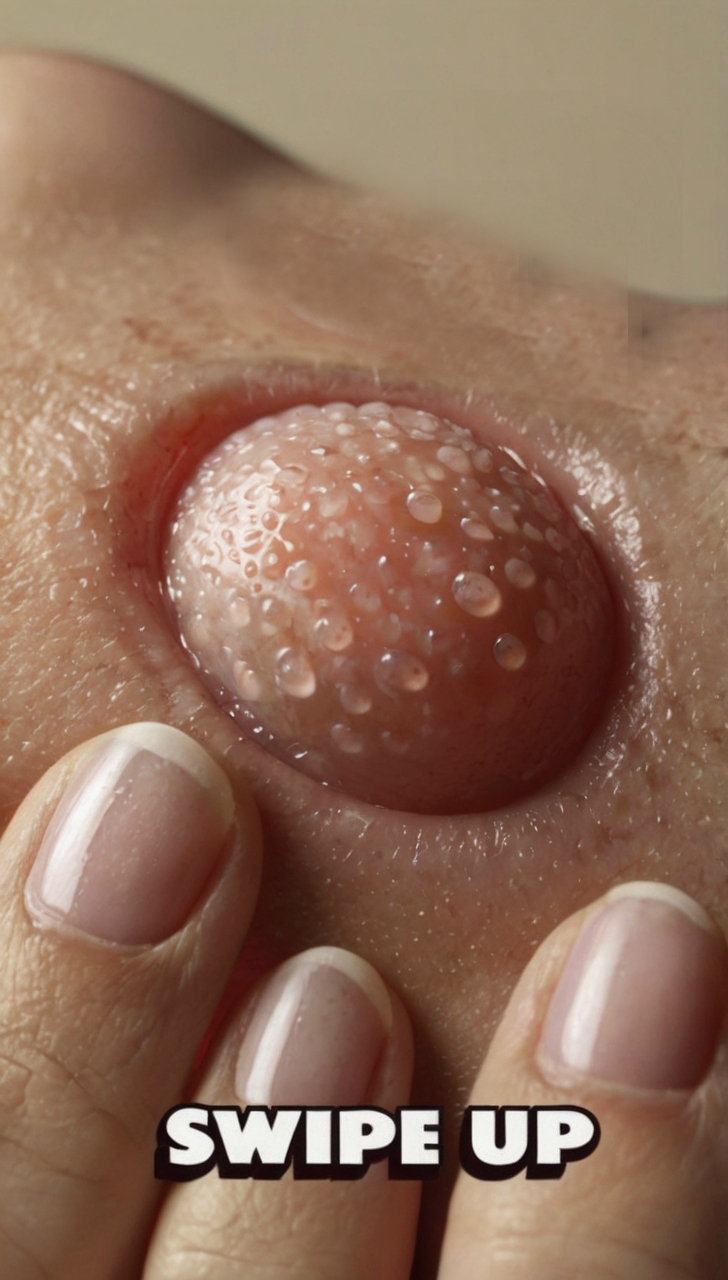The skin is inhabited by many types of bacteria, even various fungi and parasites. Under normal conditions they cannot attack the skin and cause disease. However, if conditions are favorable, the above agents will attack the skin and cause skin infections. So what is a skin infection?
1. What is a skin infection?
Skin infection or bacterial skin infection is a disease caused by harmful bacteria that attack the skin and related structures, this disease can be classified into:
Skin infections and Skin and Soft Tissue Infection (SSTI); Acute Bacterial Skin and Skin Structure Infections ABSSSI. Skin and soft tissue infections (SSTI) include:
Impetigo; Small skin abscess. Meanwhile, acute skin infections and skin structure infections are more complex bacterial skin infections, including:
Cellulitis ; erysipelas ; Wound infection; Large skin abscesses (skin over 75cm2 edematous, hard and red). Patients with skin and soft tissue infections are mainly caused by two types of bacteria, streptococcus (Streptococcus) and staphylococcus (Staphylococcus), including methicillin-resistant staphylococcus (MRSA). MRSA is a group of bacteria that are resistant to many antibiotics. Therefore, the antibiotic recommended for the treatment of soft tissue skin infections will depend largely on the local morphological prevalence and antibiotic resistance patterns of MRSA.

2. Some common bacterial skin infections
2.1. Cellulitis Cellulitis is a common bacterial skin infection. The characteristic feature of people with this type of skin infection is the sudden swelling, redness, pain, and sometimes the appearance of blisters and blisters on the skin surface.
The cause of the disease is usually staphylococcus aureus or group A streptococcus. Cellulitis can occur even in normal skin structures, but the risk is high and most common is when the skin is damaged, making it easier for bacteria to attack.
Treatment of bacterial skin infections caused by cellulitis is mainly using antibiotics as prescribed by the doctor, usually for 5 – 10 days and up to 14 days.
According to the US Centers for Disease Control and Prevention, 5 increased risks of staph infection include:
Living in a densely populated environment; Frequent direct skin-to-skin contact with others; Damaged skin; Excessive contact with contaminated surfaces; Sanitary conditions are not guaranteed. Therefore, an important factor to prevent this disease is to increase body hygiene, wash hands frequently and bathe with antibacterial soap.

2.2. Erysipelas is a bacterial skin infection with lesions in the dermis of the skin. Group A streptococcus bacteria are the main causative agents of skin infections and patients can be both children and adults. According to statistics, 20% of cases of erysipelasitis have symptoms on the face. Symptoms of erysipelas is similar to cellulitis, the most basic difference is that this disease affects many layers of the skin structure. difference. Patients with this type of skin infection often have signs of skin blistering, redness, swelling, hot flushing. The cause is bacteria, so the treatment is still using antibiotics as prescribed by the doctor.
If not treated promptly, the skin infection can spread to other parts of the body and more seriously can lead to dangerous sepsis.
The main treatment method is that the doctor will prescribe an antibiotic ointment or cream to be applied directly to the damaged skin.
Folliculitis, although not acutely dangerous, often causes discomfort to the patient due to itching, pain and loss of aesthetics. In rare cases, the patient may experience hair loss and scarring.
In mild cases, people with this type of bacterial skin infection may clear up on their own after 2 weeks. In case the affected skin area develops swelling, heat, redness, becomes more painful or begins to spread, the patient should see a specialist for proper diagnosis and treatment.
Another particular form of this disease caused by the bacteria Pseudomonas Aeruginosa is called hot tub folliculitis. This type of bacteria is often found in polluted waters, hot tubs, water slides…
The most common patient population is young children because their skin is more vulnerable. Symptoms of people with this type of skin infection are painful, pus-filled red spots on the skin after 2 days of soaking in a hot bath.
The disease will go away completely on its own without any treatment. However, when the symptoms worsen, the patient should see a doctor and be prescribed antibiotics for appropriate treatment.
The location of the skin that is often attacked by bacteria and causes the progeny are wet areas such as the nose, mouth, thighs, armpits…
The main treatment method is prescribed by the doctor with antibiotics. orally or applied directly to the skin. In addition, patients should also use more antibacterial soaps and shower gels for daily hygiene and bathing.
2.6. Erythrasma Erythrasma is a skin infection caused by the bacteria Corynebacterium Minutissimum. The main symptom of the disease is red-brown scaly pimples that cause itching on wet skin areas such as armpits, groin, between toes or in skin folds (under the breasts). For treatment, the doctor may prescribe the antibiotic Erythromycin in gel form or oral form. In addition, to increase the effectiveness of treatment for people with Erythrasma skin infections, it is recommended to regularly clean the damaged skin with soaps or shower gels containing antibacterial silver ions.
There are many common bacterial skin infections. Depending on the severity and cause of the disease, there are appropriate treatment methods.
Vinmec International General Hospital is the address for examination, treatment and prevention of diseases, including Dermatology. When performing the examination process at Vinmec, customers will be welcomed and used modern facilities and equipment along with perfect medical services under the guidance and advice of experts. Good doctors, well-trained both at home and abroad.















Leave a Reply